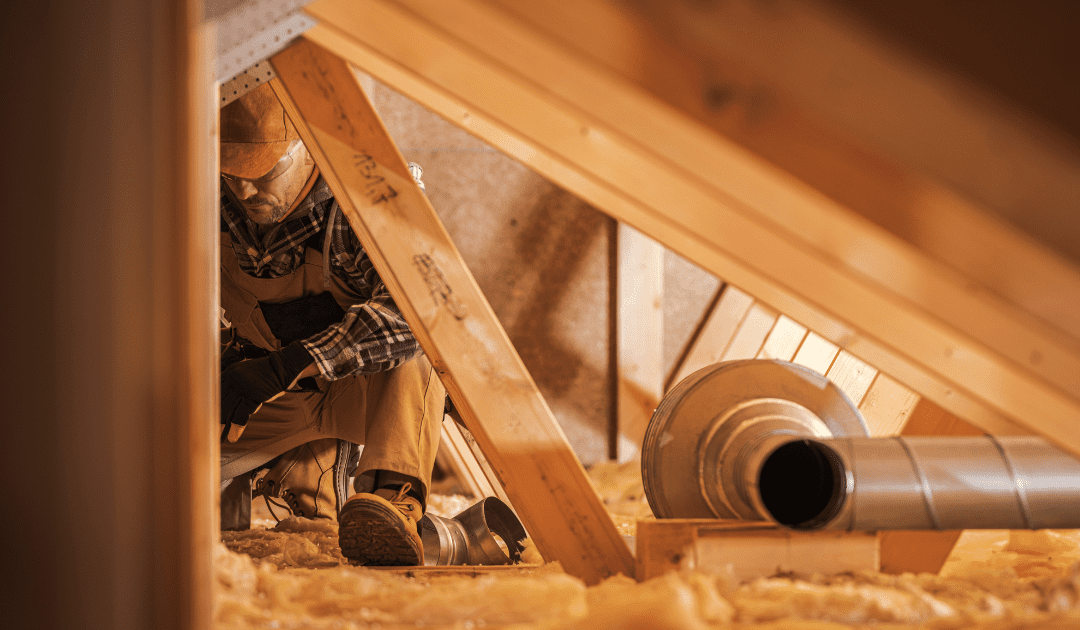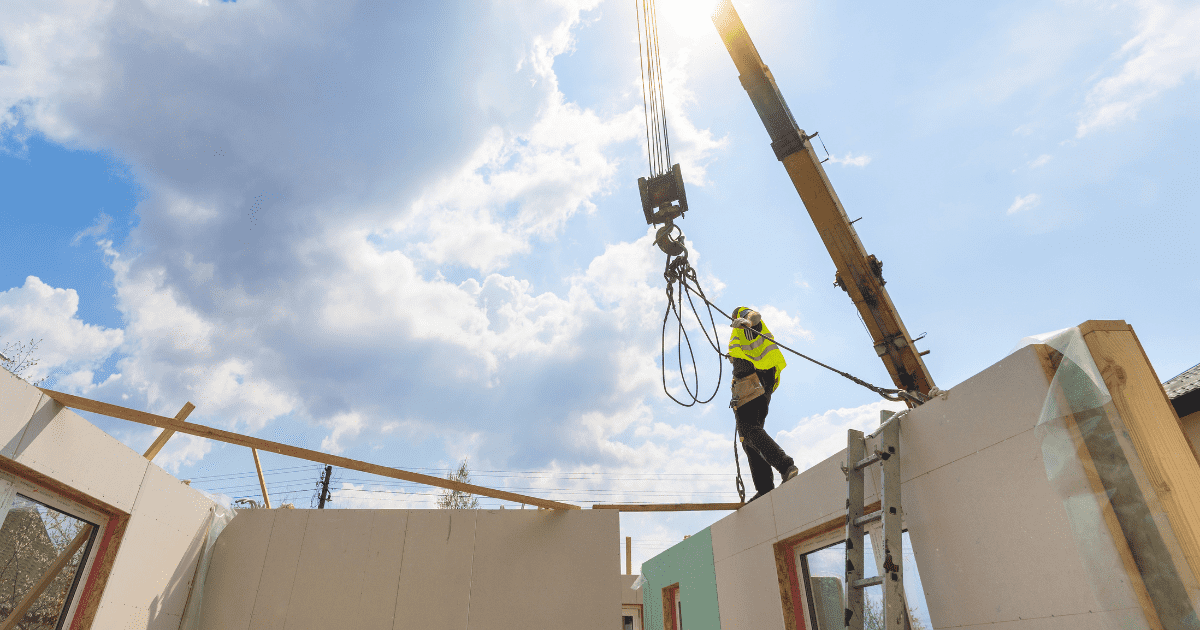Proper ventilation is crucial in maintaining a healthy and safe home environment, yet many of your clients—homebuyers and homeowners—overlook key venting issues, particularly when it comes to bathroom fans and clothes dryers.
In fact, two of the most common ventilation issues found by home inspectors involve bathroom fans venting into attics and dryers venting inside homes instead of outdoors—both of which can lead to significant damage and health risks.
There are ways to ensure the properties your clients are buying and selling are properly vented. As a preventative measure, it’s always wise for them to have a home inspector check their ventilation systems. This could save a lot of trouble in the future.
Bathroom fans venting into attics
A bathroom exhaust fan is designed to remove moisture and odours from the bathroom. If it vents into the attic rather than outside, it introduces excessive moisture into the attic space.
Over time, this moisture can cause mould growth, wood rot and insulation damage, compromising the structural integrity of the home.
Mould spores may also enter the living areas, potentially leading to respiratory issues and allergic reactions. To prevent this, ensure bathroom fans are vented directly outdoors, with insulated ductwork to prevent condensation.
Tips:
- Ducts used to vent bathroom fans should ideally be rigid or semi-rigid metal. Flexible ducts, especially those comprised of plastic or thin foil, can sag, trap moisture and collect dust. Rigid ducts ensure a smoother airflow and reduce the risk of condensation
- In colder climates, uninsulated ducts in unconditioned spaces (such as attics) can cause condensation within the duct when warm, moist air from the bathroom cools down. This can lead to water accumulation, mould or ice buildup. Insulate the duct with proper wrap to prevent this
- Vent ducts should slope slightly downward toward the outside vent to prevent water from flowing back into the fan housing. This slope encourages any condensation to flow out of the duct rather than pooling in low spots
- Vent ducts should be as short and straight as possible to minimize air resistance. Lengthy ducts and/or those with multiple turns reduce airflow efficiency and cause moisture to linger
- Vents should end outside with a cap that includes a backdraft damper to prevent cold air, rain and pests from entering. It’s crucial to vent through the roof or a side wall, and never into the attic or soffits, to prevent moisture from being trapped inside the attic.
It’s also important to note that clogged or dirty bathroom fans can overheat and potentially start a fire. That’s because, over time, dust, lint and moisture can accumulate inside the fan. To reduce fire risk, the fan should be cleaned regularly, be properly installed and undergo an inspection if it’s old or showing signs of wear. Also, always turn off the fan when not needed or when no one is going to be home to help prevent overheating.
Clothes dryers venting into homes
Dryers produce large amounts of moisture and lint, which can become hazardous when vented into a home rather than outside. The moisture promotes mould and mildew growth, which can deteriorate the foundation and attract pests. Lint build-up in a crawl space or another part of a home where the dryer ends up venting poses a significant fire risk, and it can block airways, reducing indoor air quality.
Tips:
- Use rigid or semi-rigid metal ducts for dryer vents. Plastic or foil ducts are prone to kinking, causing lint buildup and restricting airflow, which can lead to overheating and fire risks. Smooth metal ducts offer less resistance, improving efficiency and safety.
- Avoid long, winding vent routes that restrict airflow and increase drying time.s
- Vent caps should have a backdraft damper but no screen, as lint can build up on screens and block airflow. Regularly check and clean the vent cap to ensure proper airflow and prevent lint buildup. Clean the dryer vent ducts annually to reduce fire risk. If your clients are wondering how to clean the dryer vent or vent cap, they should ask their home inspector during the inspection for the best results.
- Joints between sections of the duct should be secured with metal foil tape, not screws, as screws can catch lint and lead to dangerous blockages. Properly secured joints prevent leaks and promote smooth airflow.

Cliff Campbell is a regional owner and member of the National Leadership Team at A Buyer’s Choice Home Inspections (ABCHI) Canada, as well as a Certified Master Inspector (CMI) and the local owner of the Lethbridge, AB ABCHI franchise. Having performed 6,000+ residential and commercial property inspections, Cliff has a passion for raising the bar in what buyers, sellers and their realtors should expect from a professional inspector. He can be reached at: https://abuyerschoice.com/partners














